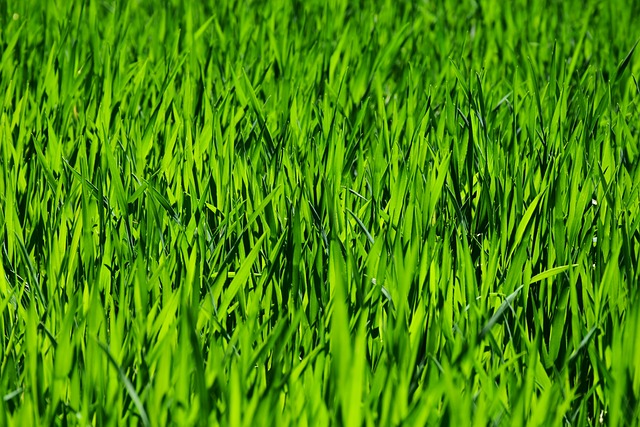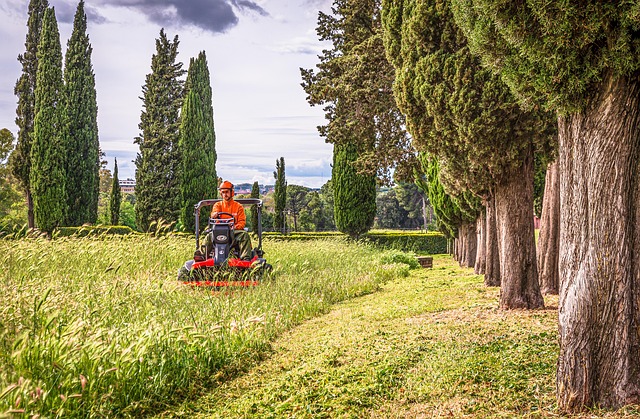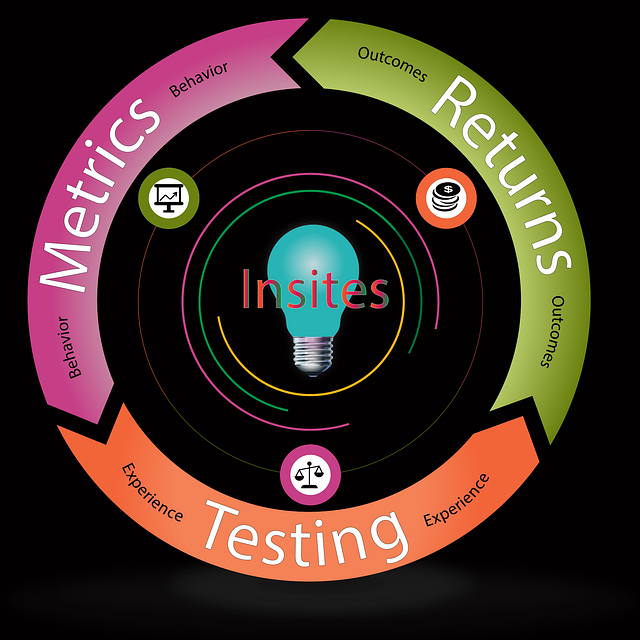Lawn care and landscaping thrive through strategic fertilization and weed control. First, identify grass type and select fertilizers balancing nitrogen, phosphorus, and potassium for optimal growth. Apply in spring and fall. For weeds, target specific types with hand weeding or herbicides pre-emergent/post-emergent to prevent/eradicate them. Combine these practices with regular mowing and watering for a healthy lawn. This balanced approach using fertilization and targeted weed control fosters sustainability, prevents environmental harm, and yields a beautiful outdoor space.
“Elevate your lawn care game with our comprehensive guide to fertilization and weed control. In today’s digital era, maintaining a lush, vibrant yard is not just about aesthetics; it’s a significant aspect of home improvement. This article delves into the fundamentals of lawn fertilization, offering effective strategies for weed management. We explore integrated approaches that combine fertilization and weed control, ensuring optimal lawn care and landscaping. Discover expert tips to nurture your lawn, enhance its beauty, and create a thriving outdoor space.”
- Understanding Lawn Fertilization: The Basics
- Effective Weed Control Strategies for a Healthy Lawn
- Integrating Fertilization and Weed Control for Optimal Lawn Care and Landscaping
Understanding Lawn Fertilization: The Basics

Lawn fertilization is a fundamental aspect of lawn care and landscaping, ensuring your grass stays lush, healthy, and vibrant. It involves the application of essential nutrients to meet the specific needs of different grass types. Fertilizer acts as food for the lawn, promoting growth, enhancing color, and improving overall resilience. By understanding the basics of fertilization, homeowners can effectively maintain their lawns, contributing to a beautiful and well-cared-for outdoor space.
The process begins with identifying the type of grass in your yard, as different grasses have distinct nutritional requirements. Next, it’s crucial to choose a fertilizer suitable for your lawn, considering factors like nitrogen content (which promotes leaf growth), phosphorus (essential for root development), and potassium (boosts disease resistance). Regular fertilization, typically done in spring and fall, ensures your grass gets the nourishment it needs to thrive during the growing season.
Effective Weed Control Strategies for a Healthy Lawn

Maintaining a lush, green lawn free from weeds is essential for both aesthetic appeal and overall lawn health. Incorporating effective weed control strategies into your regular lawn care and landscaping routine is key. Start by identifying the specific types of weeds infesting your yard, as different methods target varying species. Hand weeding is ideal for small, early-stage infestations, allowing you to target individual weeds precisely.
For larger areas, consider non-selective herbicides that kill all plant life they come into contact with. Selective herbicides are another option, specifically targeting broadleaf weeds while leaving grasses unharmed. Timely application is crucial; pre-emergent herbicides can prevent weed seeds from germinating, while post-emergents target established weeds. Combining these strategies with proper lawn maintenance practices, such as regular mowing and adequate watering, creates a robust defense against weed intrusion, ensuring your lawn remains healthy and vibrant under optimal landscaping conditions.
Integrating Fertilization and Weed Control for Optimal Lawn Care and Landscaping

In the realm of lawn care and landscaping, a harmonious integration of fertilization and weed control is key to achieving a lush, healthy green space. Fertilization provides essential nutrients that promote grass growth, enhance color, and improve overall resilience. However, it’s not just about feeding the grass; it’s also about creating an environment where grasses can thrive while suppressing unwanted weeds. This dual approach ensures that your lawn not only looks its best but is also well-equipped to withstand environmental challenges.
Weed control plays a pivotal role in this equation by preventing competition for resources like sunlight, water, and nutrients. By eliminating or suppressing weeds, fertilization efforts can be more effective as grass has less competition for vital elements. Moreover, integrated strategies can lead to long-term sustainability. Regularly testing soil health and adjusting fertilization plans based on these findings ensures that you’re not over-applying fertilizers, which can harm the environment and waste money. This holistic approach to lawn care and landscaping ultimately leads to a healthier, more vibrant lawn that stands out as a testament to your dedication to maintaining a beautiful outdoor space.
In the realm of Lawn Care and Landscaping, mastering fertilization and weed control is akin to crafting a vibrant tapestry. By understanding the fundamentals of fertilization and employing strategic weed management techniques, you can transform your lawn into a lush, healthy symphony. Integrating these practices seamlessly ensures your lawn not only appears picturesque but also thrives in today’s competitive landscape. Remember that consistent care and a tailored approach are key to achieving and maintaining an exceptional outdoor space.














